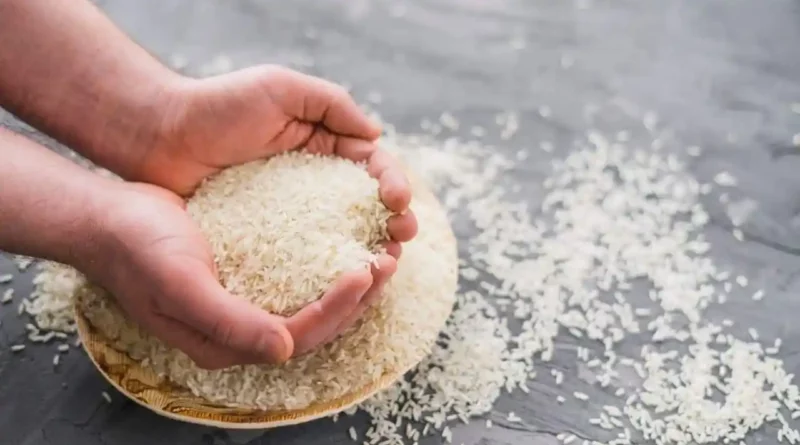India’s Rice Export Dance: Balancing Domestic Priorities and Global Impact in 2024
India, the world’s top rice exporter, is set to prolong export restrictions, influencing global prices and impacting vulnerable populations in Africa and Asia. The nation’s strategic measures, driven by domestic concerns and uncertain crop conditions, create a complex interplay in the international rice market, with ripple effects on inflation, trade dynamics, and the delicate balance of global food supplies.
Highlights
India’s Rice Export Restrictions: India, the world’s leading rice exporter, is expected to continue its restrictions on rice exports into 2024, keeping global prices high. The government has imposed export duties, minimum prices, and restrictions on certain rice varieties.
Reasons for Restrictions: The restrictions aim to curb domestic price rises and protect consumers. As long as domestic rice prices face upward pressure, these measures are likely to stay in place.
Impact on Global Prices: The export restrictions have led to rice prices reaching close to their highest levels since the 2008 food crisis. India has been a major global rice supplier, with African nations like Benin and Senegal being significant buyers.
Government Measures: The government has implemented export duties, set minimum prices, and restricted the export of certain rice varieties. These measures have caused prices to surge, reaching a 15-year high in August. The government is likely to maintain these restrictions until the upcoming elections.
Global Rice Market Challenges: The global rice market faces challenges, including the impact of El Niño on crops across Asia and a potential decrease in paddy output in Thailand due to dry weather. India’s restrictions contribute to concerns about a tightening global rice market.
Domestic Crop Challenges: Concerns over India’s domestic crop are heightened by the potential impact of El Niño and patchy monsoon rains, which may lead to a 4% drop in the monsoon-sown harvest from the previous year.
Free Food Program and Rising Food Costs: Ensuring supplies for India’s free food program, benefiting over 800 million people, is a government priority. Rising food costs, with an 18% increase in rice prices and an 11% increase in wheat prices in New Delhi, add to the complexity of the situation.
Impact on Other Nations: While India’s policy may benefit its own consumers, it negatively affects vulnerable populations in other regions like Africa and Asia, where billions depend on a stable global rice supply. Rising rice prices have led to inflation in countries like the Philippines and Indonesia.
US Rice Industry Perspective: The US rice industry believes India’s export ban is unnecessary, stating that India has sufficient stocks. However, they express concerns that when India lifts the ban, it may distort world prices significantly.
Conclusion
As India navigates the delicate dance of sustaining its free food program and managing rising domestic food costs, the prolonged rice export restrictions pose challenges for both the nation and the global community. While safeguarding its own interests, India’s policies echo worldwide, affecting nations dependent on its rice supply. The evolving scenario underscores the intricate linkages between national policies, climate factors, and the interconnected nature of the global food economy.
This article has been republished from investing.com

